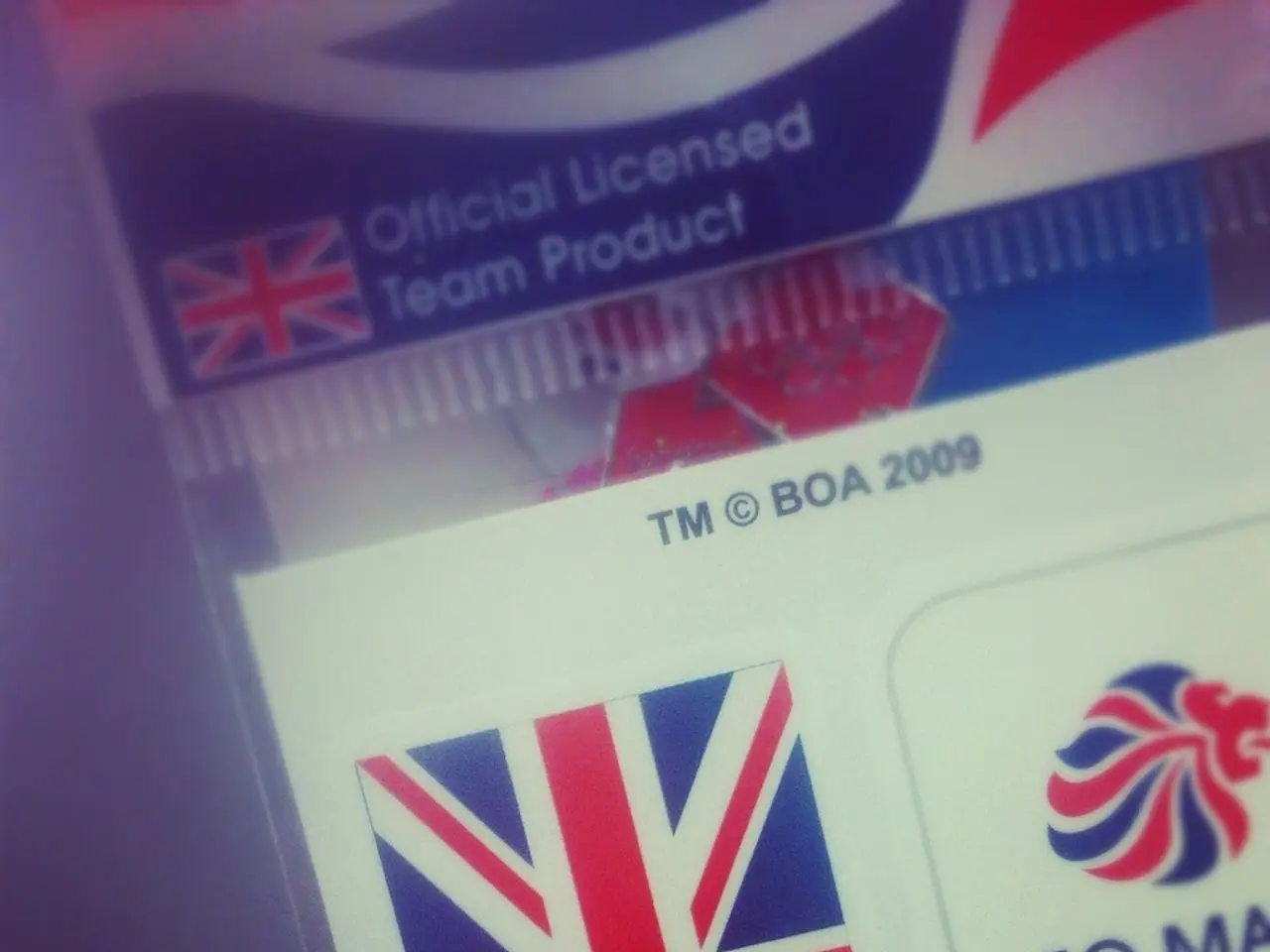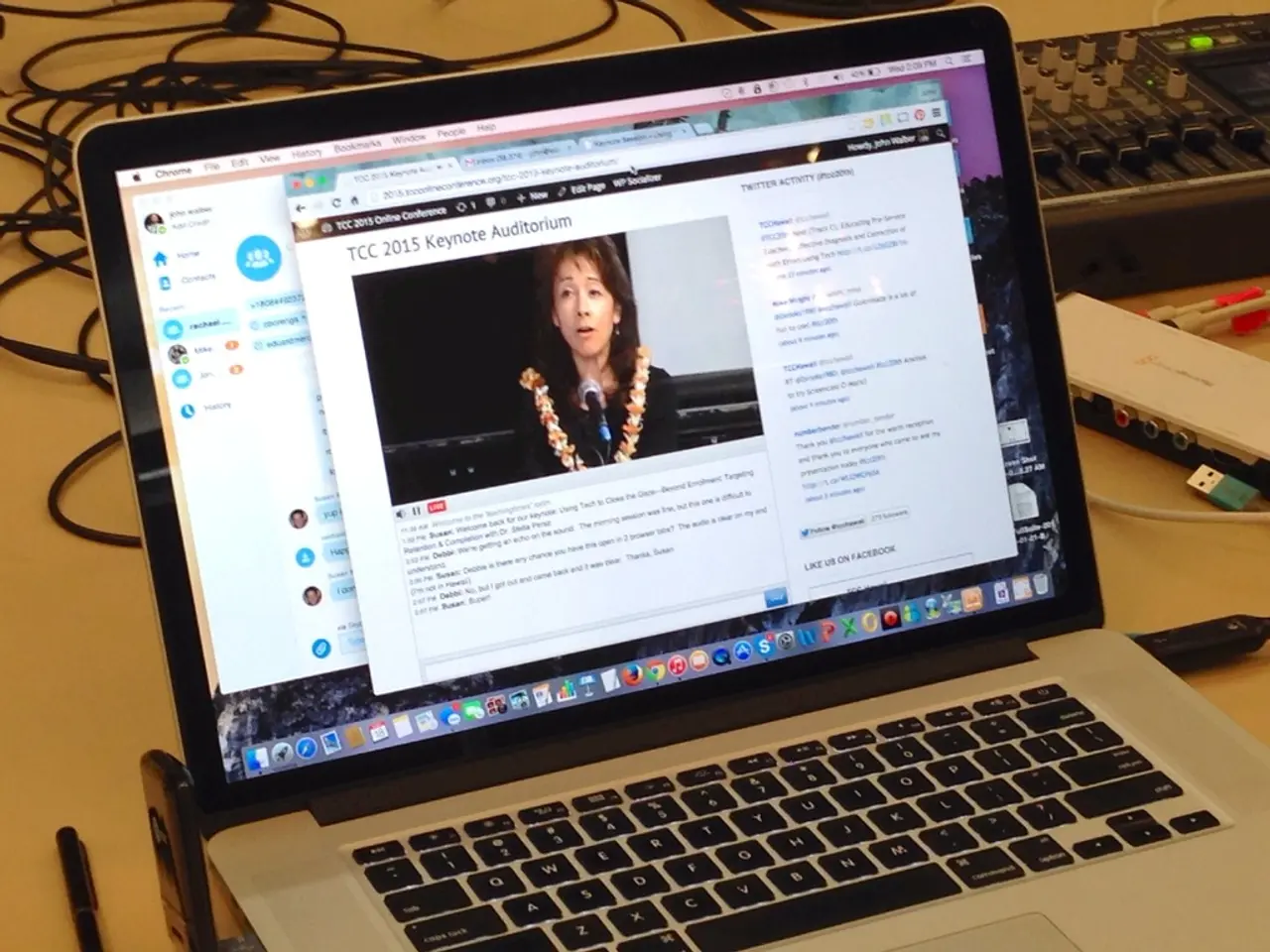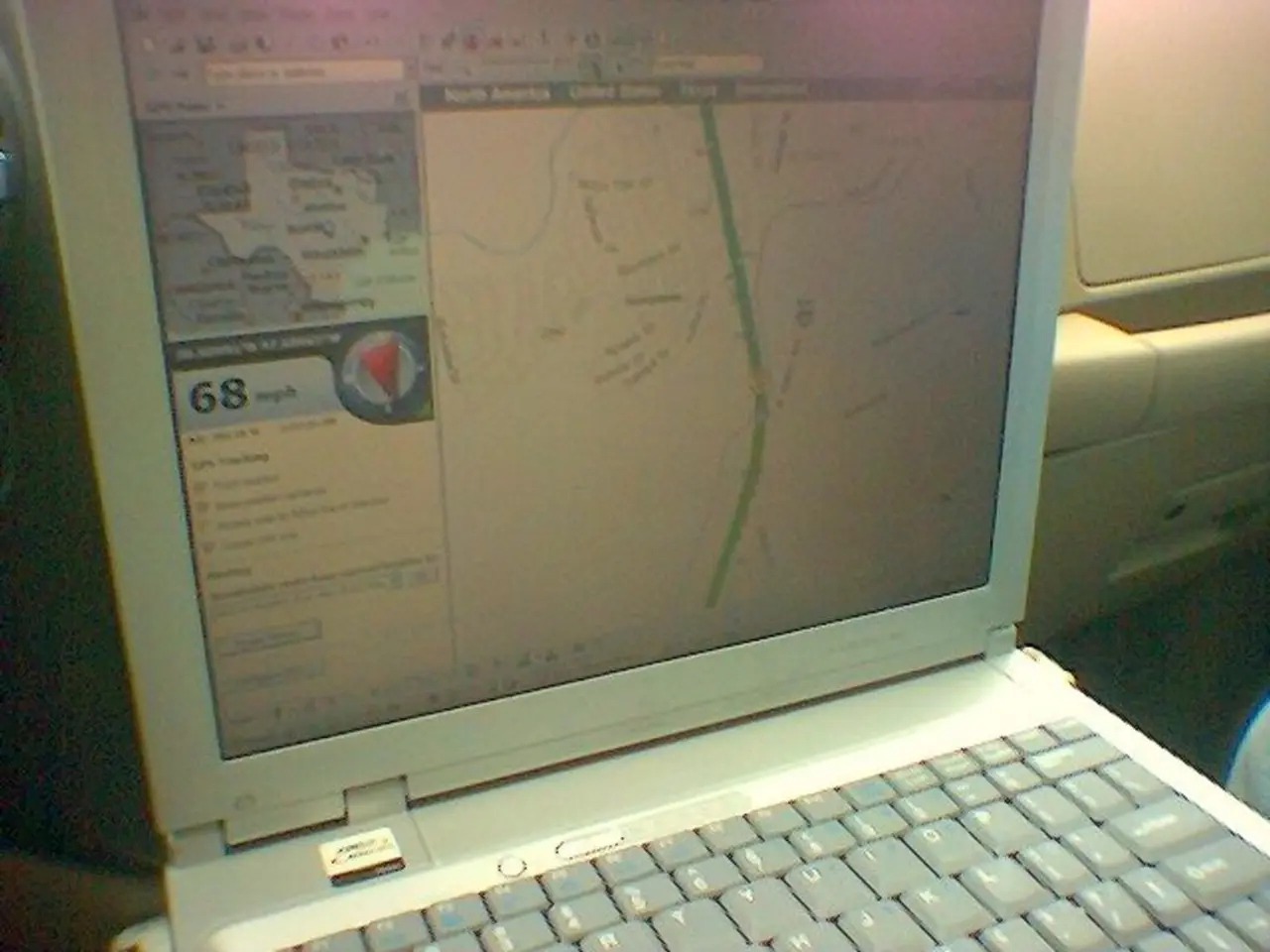Opt for Immediate Exclusion from TSA's Facial Recognition System Currently Possible and Advisable
In an era where digital privacy is increasingly under the spotlight, the Transportation Security Administration (TSA) has been implementing facial recognition technology in some U.S. airport screening programs since 2020. This technology, designed to efficiently and conveniently verify the identity of travelers, is currently operational in nearly 84 airports nationwide and is expected to expand to more than 400 airports "over the coming years." However, privacy advocates voice concerns about the handling, storage, and security of travelers' biometric data.
Key members of the Privacy and Civil Liberties Oversight Board, the body responsible for watchdogging travelers' civil liberties, were dismissed by the Trump administration in January 2021, leaving many questioning the oversight of these privacy issues.
The potential privacy concerns primarily revolve around data storage and usage transparency, security risks, opt-out awareness and pressure, inconsistent implementation, and the need for stronger federal regulation. While the TSA asserts that images captured via their Credential Authentication Technology (CAT-2) system are not stored or used beyond immediate identification, privacy advocates worry about the lack of clear and consistent information on how biometric data is managed and protected from misuse or unauthorized sharing.
No biometric system is completely secure, and large-scale deployment introduces vulnerabilities. If hackers gain access to systems where facial recognition data is processed or stored, sensitive personal information such as photos and ID data could be compromised. Additionally, although travelers currently have the right to opt out of the facial recognition process and request manual identity verification without penalty or delay, many are unaware of this ability. Some travelers might feel pressured to comply due to the perceived convenience or fear of suspicion, which can undermine informed consent.
The rollout of facial recognition technology varies by airport, causing uncertainty among travelers about how their data is used and what privacy protections apply at different locations. Privacy experts express concerns about the TSA's handling of biometric data and its potential use for surveillance purposes. If there's no pushback, the TSA may keep instituting more invasive techniques, according to Saira Hussain, a senior staff attorney at the Electronic Frontier Foundation.
In response to these concerns, privacy advocates and some lawmakers have introduced legislation, such as the Traveler Privacy Protection Act of 2025, aiming to strengthen protections for biometric data and ensure the ability to opt out of involuntary screenings. It is crucial that travelers are aware of their rights and the potential privacy implications of these technologies.
For those who wish to opt out, travelers can simply declare to an agent that they do not want their photo taken and wish to opt out of a face scan. From there, a TSA agent should follow standard procedure of looking at your ID and your face to verify your identity. However, there should be visible signage notifying travelers they can proceed through airport security without the facial scan, but not everyone may see it or understand the language.
It is important to note that the facial scan is optional for domestic travelers, but mandatory for some foreign nationals on international flights. Customs and Border Protection also uses facial scans at airport checkpoints, but there is no guarantee that photos of non-U.S. citizens will be deleted quickly.
Sen. Jeff Merkley (D-Ore.) declined a face scan at the airport without facing an apparent delay, demonstrating that exercising one's right to opt out is feasible with minimal inconvenience. If more people keep declining face scans, the TSA may think twice about the effectiveness of rolling out such programs.
In conclusion, privacy concerns surrounding the TSA's use of facial recognition technology at U.S. airports hinge on the opaque management of biometric data, potential security vulnerabilities, traveler awareness and consent, and the need for stronger federal regulation to safeguard digital privacy rights. It is essential that travelers are informed about their rights and the potential implications of these technologies to make informed decisions about their privacy.
- Despite the TSA's assertion that biometric data from their Credential Authentication Technology (CAT-2) system is not stored or used beyond immediate identification, privacy advocates worry about the lack of clear and consistent information on how the data is managed and protected, especially considering the potential privacy concerns revolving around data storage and usage transparency, security risks, and the need for stronger federal regulation in data-and-cloud-computing.
- The potential misuse or unauthorized sharing of travelers' biometric data and the lack of visible signage notifying travelers of their opt-out rights raises concerns among privacy experts, as it could lead to a lack of informed consent, one of the potential privacy implications of these technology implementations in the realm of politics.




